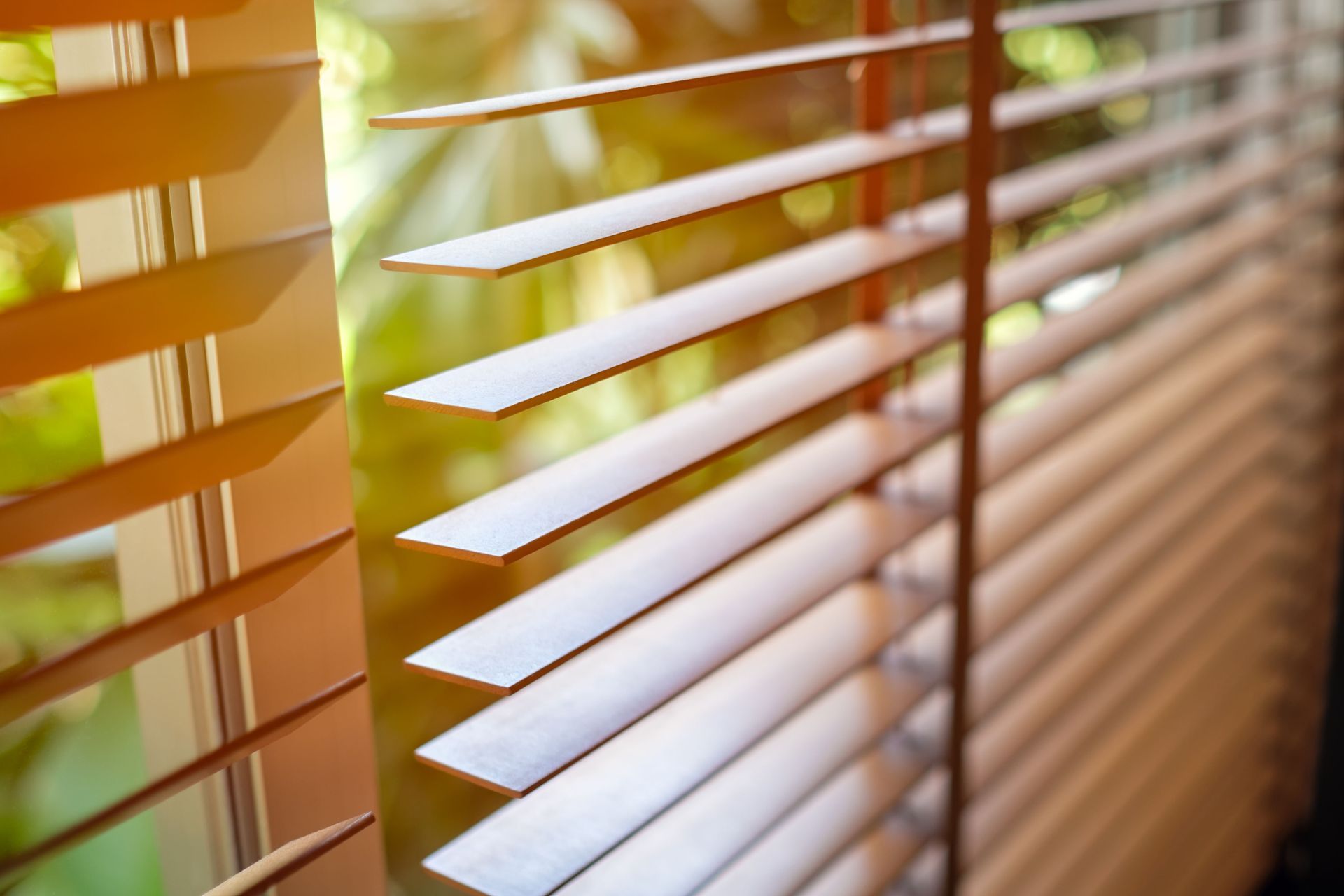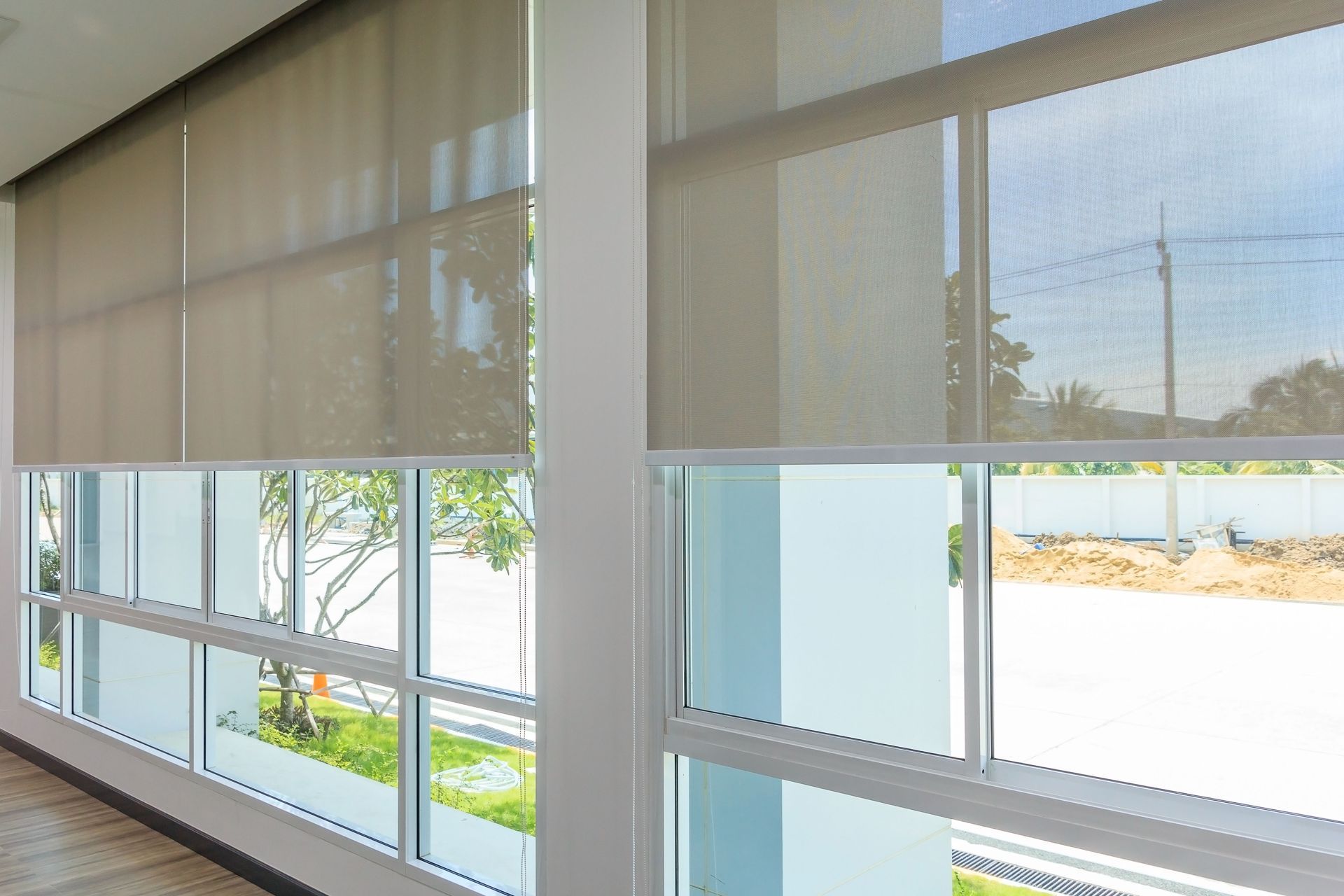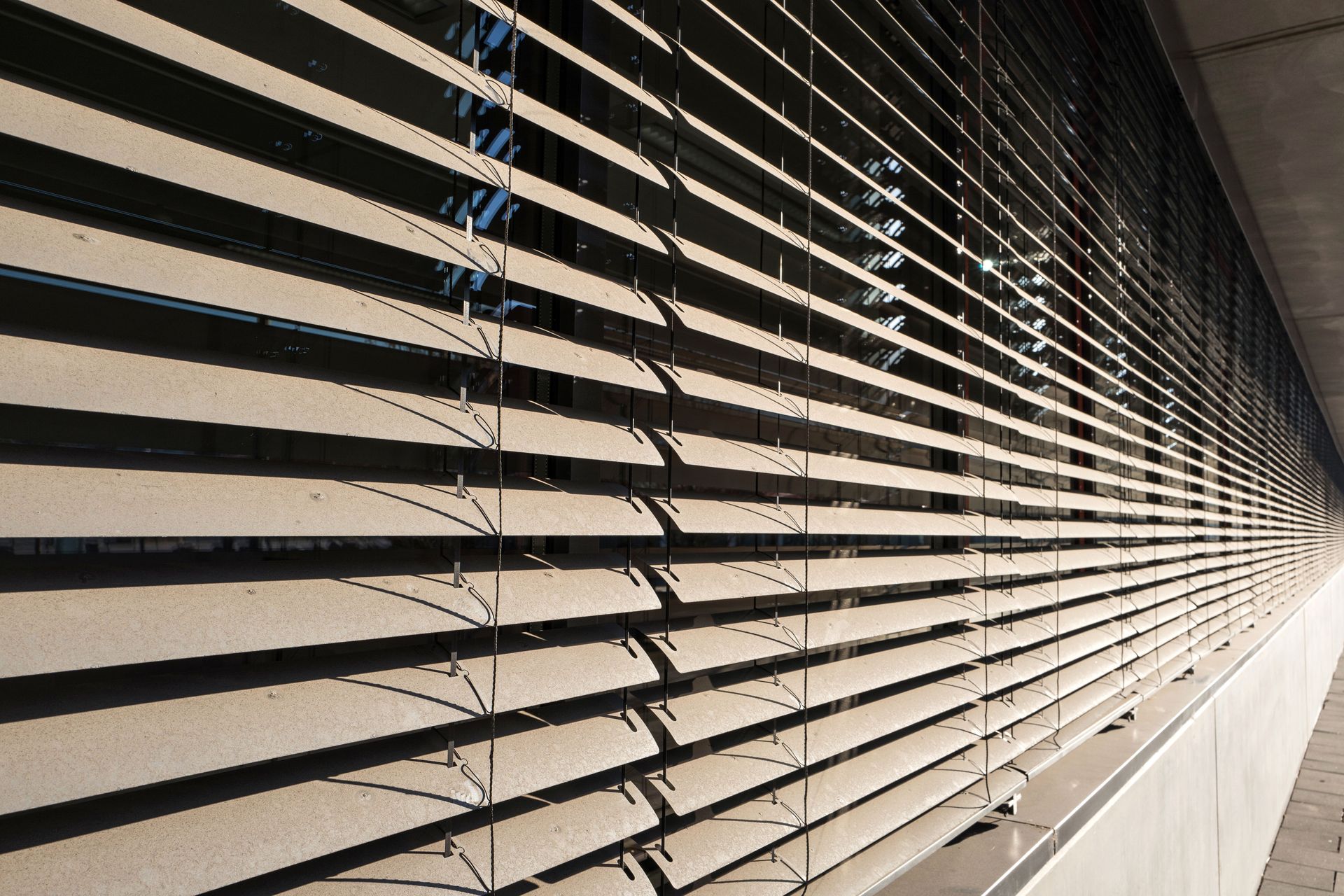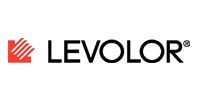Everything You Need to Know About Commercial Roller Shade Installation
Window treatments are a crucial element in commercial design, balancing aesthetics, privacy, and energy efficiency. Among the many available options, commercial roller shades have become one of the most versatile and functional solutions for offices, retail spaces, and hospitality settings. Their sleek design, customizable materials, and operational flexibility make them an ideal choice for businesses seeking both style and practicality. This discussion provides an in-depth look at the benefits, types, and installation process of these window coverings, helping business owners make informed decisions when upgrading their interiors.
The Growing Demand for Commercial Roller Shades
Over the past several years, the window treatment industry has experienced steady growth, particularly in the commercial sector. According to IBISWorld, the U.S. blind and shade manufacturing industry includes 313 businesses and has grown at a compound annual growth rate of 0.9% between 2020 and 2025. This increase reflects the consistent demand for improved building energy performance, enhanced comfort, and modern aesthetics.
A commercial roller shade offers businesses a functional yet visually appealing solution to control natural light and reduce glare. Unlike traditional blinds or curtains, roller shades roll neatly into a compact housing, making them ideal for offices, restaurants, and storefronts that prefer minimalistic designs. With options ranging from blackout to solar screen fabrics, these shades are adaptable to various settings, ensuring comfort for employees and customers alike. As companies become more conscious of energy efficiency and interior comfort, the appeal of these shades continues to rise.
Advantages of Choosing Commercial Roller Shades
One of the most notable advantages of a commercial roller shade is its ability to manage sunlight while maintaining an inviting atmosphere. These shades allow natural light to enter a space without the harsh glare that can disrupt productivity or damage furnishings. Solar screen materials, for example, filter UV rays, protecting furniture and flooring from fading while allowing partial visibility to the outside world.
Additionally, roller shades play a significant role in energy conservation. By reducing heat gain in summer and preventing heat loss during winter, they help stabilize indoor temperatures, lowering the strain on HVAC systems. This leads to cost savings and supports sustainability goals, a growing priority for many modern businesses.
Another benefit lies in customization. Commercial roller shades come in a wide range of fabrics, colors, and opacity levels. They can be designed to match company branding or complement architectural elements. Many businesses opt for motorized roller shades, which integrate seamlessly with automation systems. With the press of a button—or even a voice command—users can adjust multiple shades simultaneously, improving convenience and accessibility in larger facilities.
From a maintenance standpoint, these shades are low effort. Their smooth surfaces are easy to clean, and their components are built for long-term use. For companies that value a clean, professional appearance, this makes them a sound investment both visually and financially.
The Installation Process Explained
Proper installation of a commercial roller shade is essential to achieving both performance and aesthetic goals. The process typically begins with an on-site consultation and measuring appointment, during which professionals assess the windows, mounting options, and functional requirements of the space. Accurate measurements are crucial; even small discrepancies can impact how well the shades fit and operate.
Once the consultation is complete, the installation team prepares the mounting hardware. Depending on the architecture of the space, shades may be mounted inside the window frame for a streamlined appearance or outside the frame to maximize coverage. Installers ensure that the brackets are level and secure, as any misalignment could affect the shade’s ability to roll smoothly.
For businesses opting for motorized or automated systems, additional steps involve wiring or integrating with existing building controls. These shades can connect to wall switches, remote controls, or mobile applications. In high-end commercial environments, automation systems may also adjust the shades automatically based on the time of day or sunlight levels.
After the installation is complete, technicians test each shade to confirm proper operation. They also provide guidance on maintenance, cleaning, and warranty coverage. A professional installation not only ensures reliable function but also enhances the overall presentation of the space, creating a polished and cohesive look.
Factors to Consider Before Installation
When selecting commercial roller shades, several considerations influence the final result. The first is fabric selection. Light-filtering fabrics work well in office environments where natural illumination is desirable, while blackout materials are better suited for conference rooms, hospitality venues, or multimedia spaces requiring full light control. The openness factor—referring to how tightly the fabric is woven—determines visibility and light diffusion.
Color also plays a significant role. Lighter shades reflect sunlight and create a bright, open feel, while darker tones absorb light, providing greater privacy and glare reduction. The choice often depends on the function of the space and the desired ambiance.
Durability is another important factor. Commercial settings require materials that can withstand frequent use and cleaning. High-quality roller shades are made with sturdy fabrics and corrosion-resistant hardware, ensuring longevity. For added convenience, many modern systems include spring-assist mechanisms that make manual operation smoother and easier.
For facilities seeking a more advanced solution, automated commercial roller shades offer numerous benefits. They can be programmed to align with energy-saving goals, lowering shades during peak sunlight hours to reduce cooling costs. Integration with smart building systems provides centralized control, enabling facility managers to adjust shades throughout the property with minimal effort.
Finally, it is vital to choose an experienced installer. Professional installation guarantees precision, functionality, and aesthetic harmony. Businesses should also confirm that the provider offers repair services, warranty support, and financing options to make the process more accessible.
Maintenance and Long-Term Value
Routine care is relatively simple, which contributes to the long-term value of a commercial roller shade system. Regular dusting or light vacuuming helps maintain fabric integrity and appearance. For more thorough cleaning, a damp cloth or mild soap solution can be used, though it is important to follow the manufacturer’s care instructions. Motorized systems may require occasional inspection to ensure electrical connections and automation components remain in good condition.
Over time, the investment in high-quality roller shades pays off through improved energy efficiency, reduced maintenance costs, and enhanced property appeal. Many building owners find that upgraded window treatments contribute to higher tenant satisfaction and even increased property value.
The flexibility of commercial roller shades allows for future upgrades. Businesses can replace or reprogram automation systems as technology evolves, or update fabrics to reflect branding changes without replacing the entire structure. This adaptability supports both short-term functionality and long-term financial efficiency.
Roller shades enhance workplace comfort—a factor often underestimated in productivity and employee satisfaction. Proper light control reduces eye strain, glare, and temperature fluctuations, fostering a more pleasant work environment. In retail and hospitality sectors, these shades help create inviting atmospheres that influence customer perception and comfort.
Given the combined benefits of functionality, design flexibility, and cost-effectiveness, it is no surprise that more commercial spaces are incorporating roller shades as a standard feature in their interior design strategies. Their understated elegance, coupled with their energy and operational advantages, makes them a reliable and lasting choice for nearly any professional setting.
Commercial roller shade installation is a strategic upgrade for businesses aiming to enhance their interiors while improving efficiency and comfort. With customizable designs, motorized options, and a variety of fabrics to choose from, these shades offer the perfect balance of beauty and practicality. They contribute to a cleaner aesthetic, support sustainability goals, and reduce long-term operational costs. Call Midwest Blinds today to schedule your custom window treatment consultation.









Share On: